
How to Unlock the Mysteries of Umbria and Tuscany’s Sagra Food Festivals: The Ultimate Guide to Drink, Dance, and Feast Like a Local
Experiencing a food festival – sagra – in Italy sounds like most people’s idea of foodie heaven. But like all things really worth doing – you have to work for it.
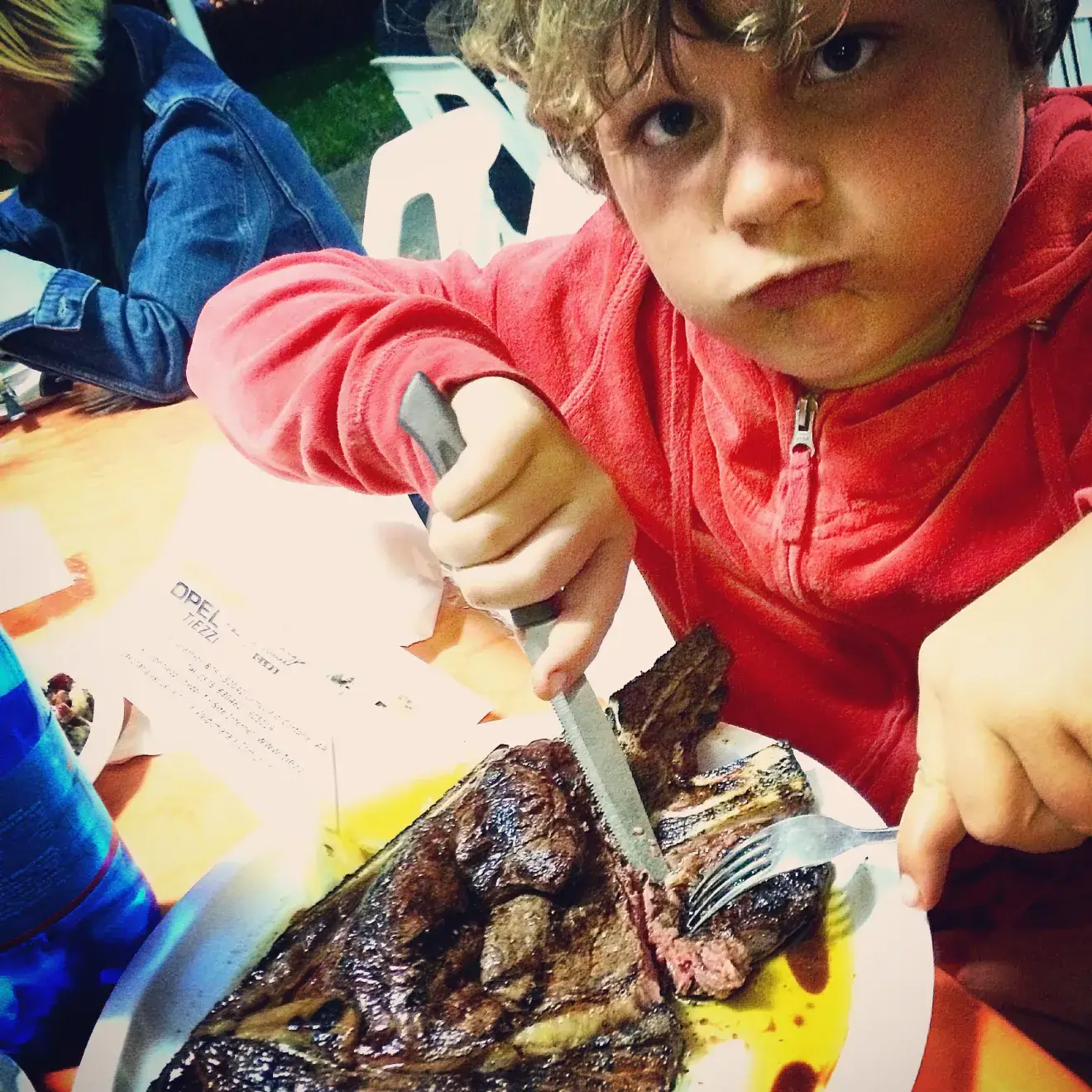
A sagra is a traditional Italian festival, deeply rooted in the local culture, celebrating a special food or dish. Organised by rural communities, these festivals bring together locals and visitors alike to honour the local harvest, seasonal ingredients, or a specialty dish unique to the area. A sagra is typically held in the town piazza or a large open space, where communal tables are set up, and locals serve homemade dishes on simple (aka plastic) plates. Beyond food, a sagra is a social event, complete with music, dancing, games, and a lively atmosphere, offering a genuine experience of Italian country life.
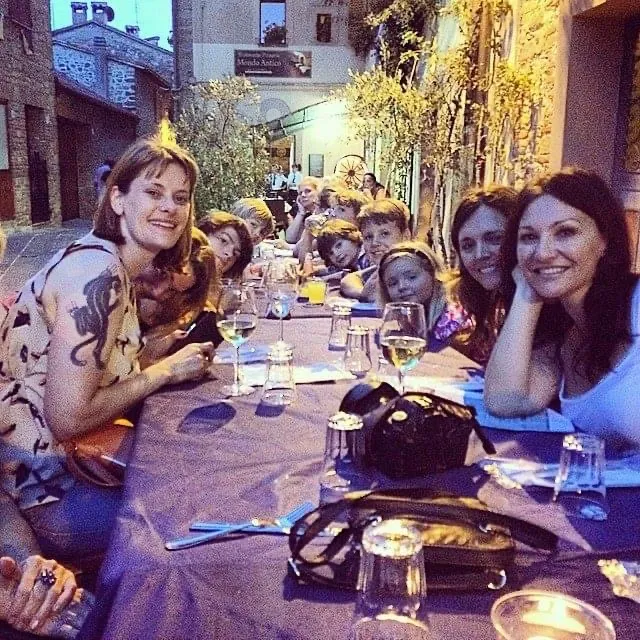
You’ve queued dutifully.
The cashier is drawing ever nearer and you notice – through the chaos – there seems to be an actual system to the ordering, note taking, number giving, crying, mama-mia-ing, gesticulating and table-number taking. If only you can work it out between now and the two large families waiting in line in front of you. Anxious sweat is mixing with the standard summer-heat variety. As the queue behind you grows, trickles of it are ballroom-dancing down your back in rhythm with the live band and the unexpected grace of the Samba, Rumba and Cha Cha-ing locals. Glancing over to where you last saw your family you see it is your ‘starving’ children who are crying – not having eaten for at least 2 hours. No pressure then: a bevy of hungry children in tow, halting Italian on the tongue, an impatient Italian at the till – and very many more questions than answers.
What to do?
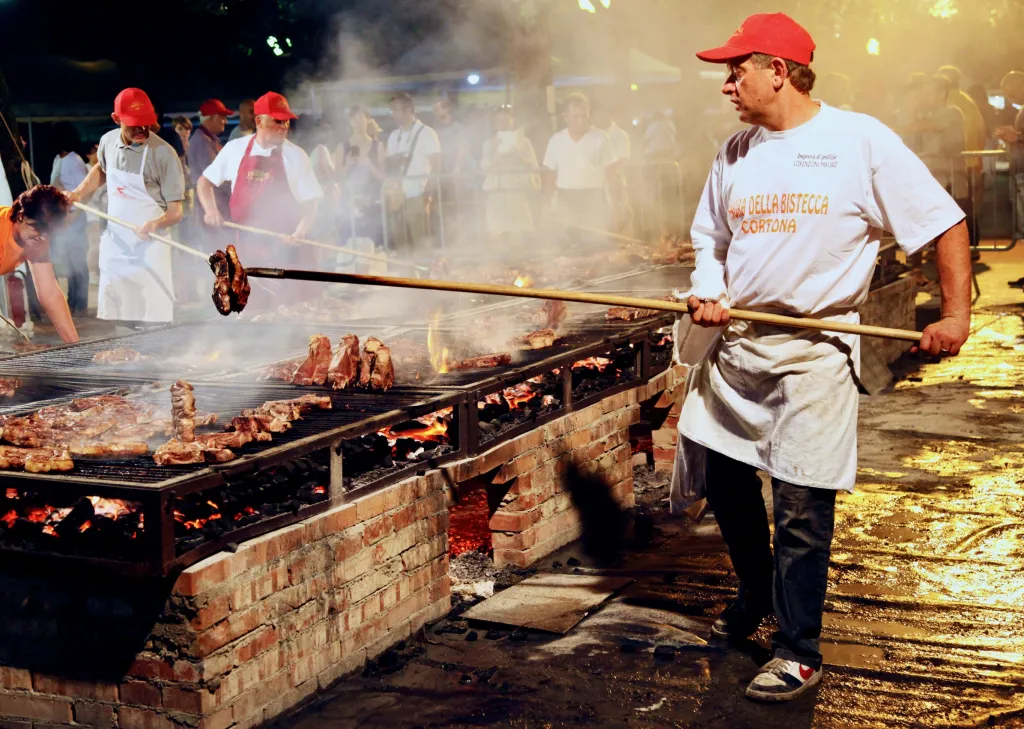
The Mysteries of the Sagra
This is the bad news: every sagra food festival has its own sacred ritual, its own enigmatic system for choosing tables, ordering food and drinks, and – what you most want – being served said sustenance.
A handy hint – before you even get in the queue – is to watch what the-people-who-seem-to-know-what-they-are-doing; are doing. At some sagras you have to choose your table first and give the table number when you order. (Bearing in mind the tables are long and shared with other hungry people). At other sagras your order number will be called over a megaphone (you’ll need to know your Italian numbers) and you’ll need to come collect it. Sagra menus are rarely – if ever – in English. Google Translate is your best friend. Or, if you have no internet and you’re feeling adventurous, (and free from food intolerances and prefeferences), just order ‘the special’. The special can easily be determined easily by the name of the sagra: lepre & cinghiale (hare and wild boar), funghi porcini mushrooms, tartufo bianco (white truffle) for example. Ultimately, every sagra celebrates local seasonal food and the culture of the region.
The good news: Somehow you will get your food and – perhaps more importantly – your wine. A strange sagra magic always unfolds. Sagras are best approached with a smile and a sense of humour because if you truly want to experience the heart of rural Italy, there’s no better way than attending a sagra.
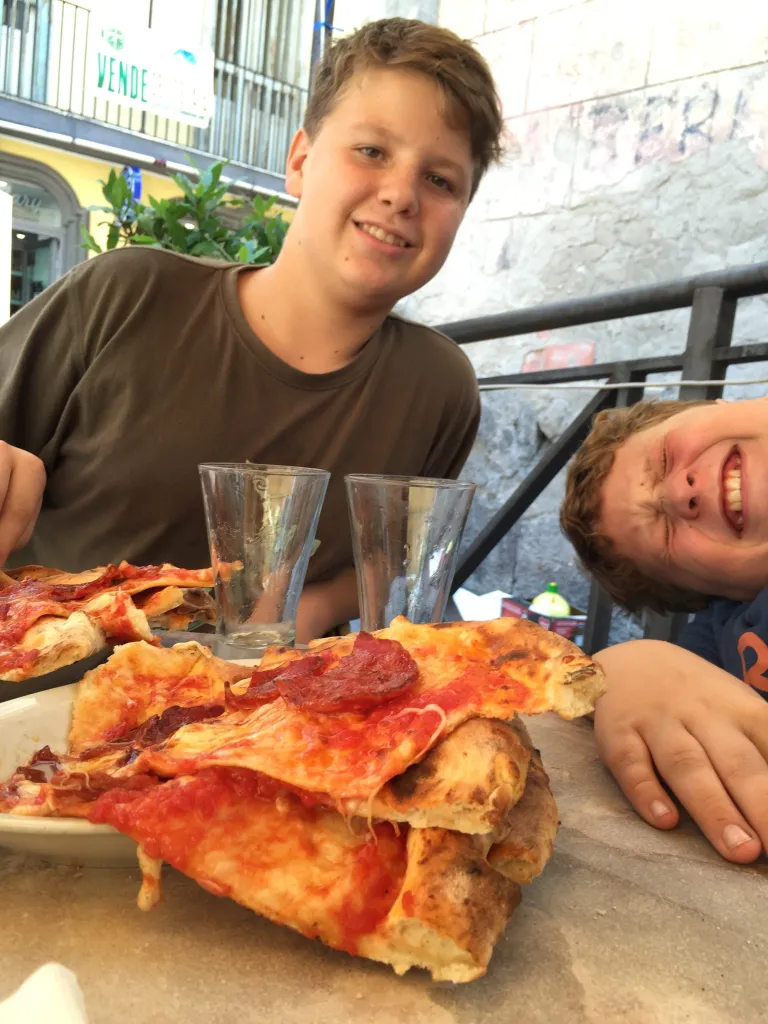
A Brief History of Sagras: A Tradition Rooted in the Community
Sagra comes from the Latin word sacrum, meaning sacred and originally referred to feasts held in honour of saints and religious holidays. Over time, these events evolved to celebrate local harvests and seasonal ingredients at the heart of Italian cuisine. What started as small community gatherings to mark the end of the harvest season or to honour a local patron saint has grown into large, lively festivals honouring that most sacred thing of all – food.
Sagras to this day maintain their connection to the land and the seasons as well as the community. Each festival is tied to the agricultural calendar, showcasing the ingredients that are freshest and most abundant at that time of year. At a sagra you’re participating in a centuries-old tradition of celebrating the bounty of the earth with the local community that produced it.
Not All Sagras are Created Equal
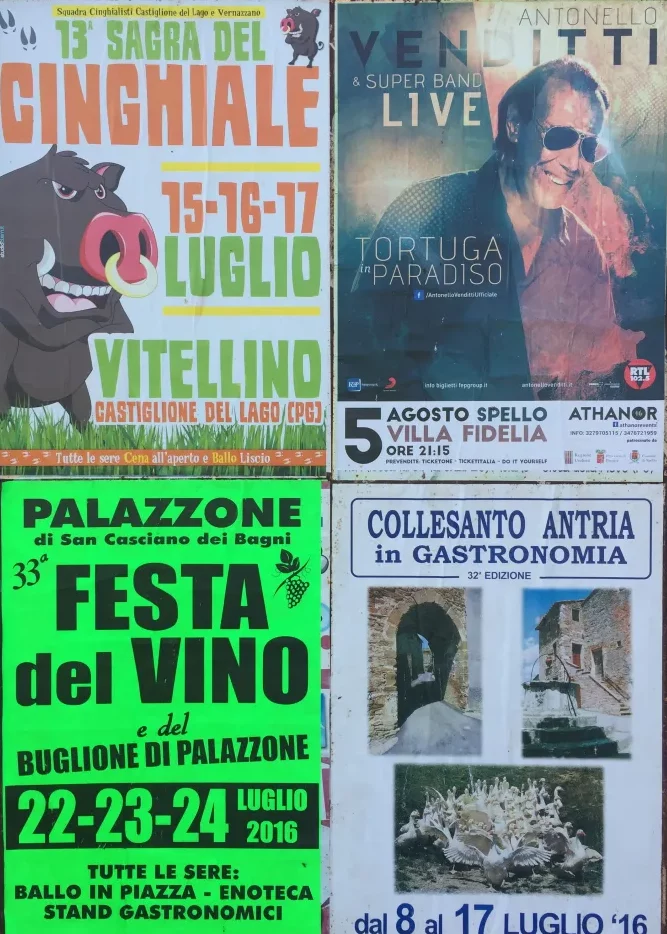
Here is a handy LINK that will give you an idea, but if you’re still unsure where to go, ask at the local bar or nab a neighbour for a recommendation. You will also see large colourful posters on the road or in piazzas. Once you see them you can’t unsee them.
Calendar of Sagras
Being a community-based event, the quality of sagras can fluctuate from year to year, there are a few that consistently stand out.
Here’s a calendar list of sagre food festivals on the Umbria Tuscany Border:
March – April
- Festa del Tulipano (Castiglione del Lago, Umbria)
April
- Sagra della Frittella (San Martino in Colle, Umbria)
- A celebration of fried dough, both sweet and savory, highlighting local variations and flavors.
May
- Cantine Aperte (Various locations in Umbria and Tuscany)
- An open-cellar event where local wineries open their doors to visitors, offering wine tastings, tours, and local food pairings.
June
- Sagra della Ciliegia (Piegaro, Umbria)
- A cherry festival where the fruit is celebrated in every form, from fresh to baked into pastries.
- Sagra della Lumaca (Pietrafitta, Umbria)
- Focused on snail dishes, this festival offers a unique culinary experience.
July
- Umbria Jazz Festival (Perugia, Umbria)
- While not a traditional sagra, this world-famous music festival includes plenty of food stalls and events celebrating local cuisine alongside the music.
July – August
- Trasimeno Blues Festival (Various locations around Lake Trasimeno, Umbria)
- Another blend of music and food, this festival brings blues music to the area, with local food stalls offering traditional dishes.
August
- Sagra del Pesce (Passignano sul Trasimeno, Umbria)
- A festival dedicated to fish from Lake Trasimeno, featuring grilled, fried, and baked fish dishes.
- Sagra del Pici (Montepulciano, Tuscany)
- A celebration of pici, the traditional hand-rolled pasta of Tuscany, served with various sauces.
- Sagra della Bistecca (Cortona, Tuscany)
- This festival is all about the famous Florentine steak, a large T-bone grilled over an open flame.
September
- Sagra della Porchetta (Monte San Savino, Tuscany)
- A festival dedicated to porchetta, a savory, fatty, and moist boneless pork roast, slow-cooked with garlic, rosemary, and other herbs.
- Sagra della Salsiccia (Pari, Tuscany)
- Celebrates sausages with various preparations, from grilled to stewed, in the quaint village of Pari.
- Sagra della Polenta (Cannara, Umbria)
- A festival celebrating polenta, the traditional cornmeal dish, served with various toppings like meat ragu or mushrooms.
October
- Sagra del Fungo Porcino (Pieve Santo Stefano, Tuscany)
- This sagra celebrates the porcini mushroom, a local delicacy in many dishes including pasta, risotto, and grilled options.
October – November
- Eurochocolate (Perugia, Umbria
- A major chocolate festival where the town transforms into a paradise for chocolate lovers, featuring tastings, workshops, and enormous chocolate sculptures.
- Sagra del Tartufo (Città di Castello, Umbria)
- A truffle festival that celebrates the prized black truffles of the region, with truffle markets, dishes, and even truffle hunting experiences.
November
- Sagra dell’Olio Nuovo (Trevi, Umbria)
- This festival celebrates the new olive oil harvest, offering tastings of fresh oil on bruschetta, tours of olive mills, and other olive-based products.

September 24, 2024
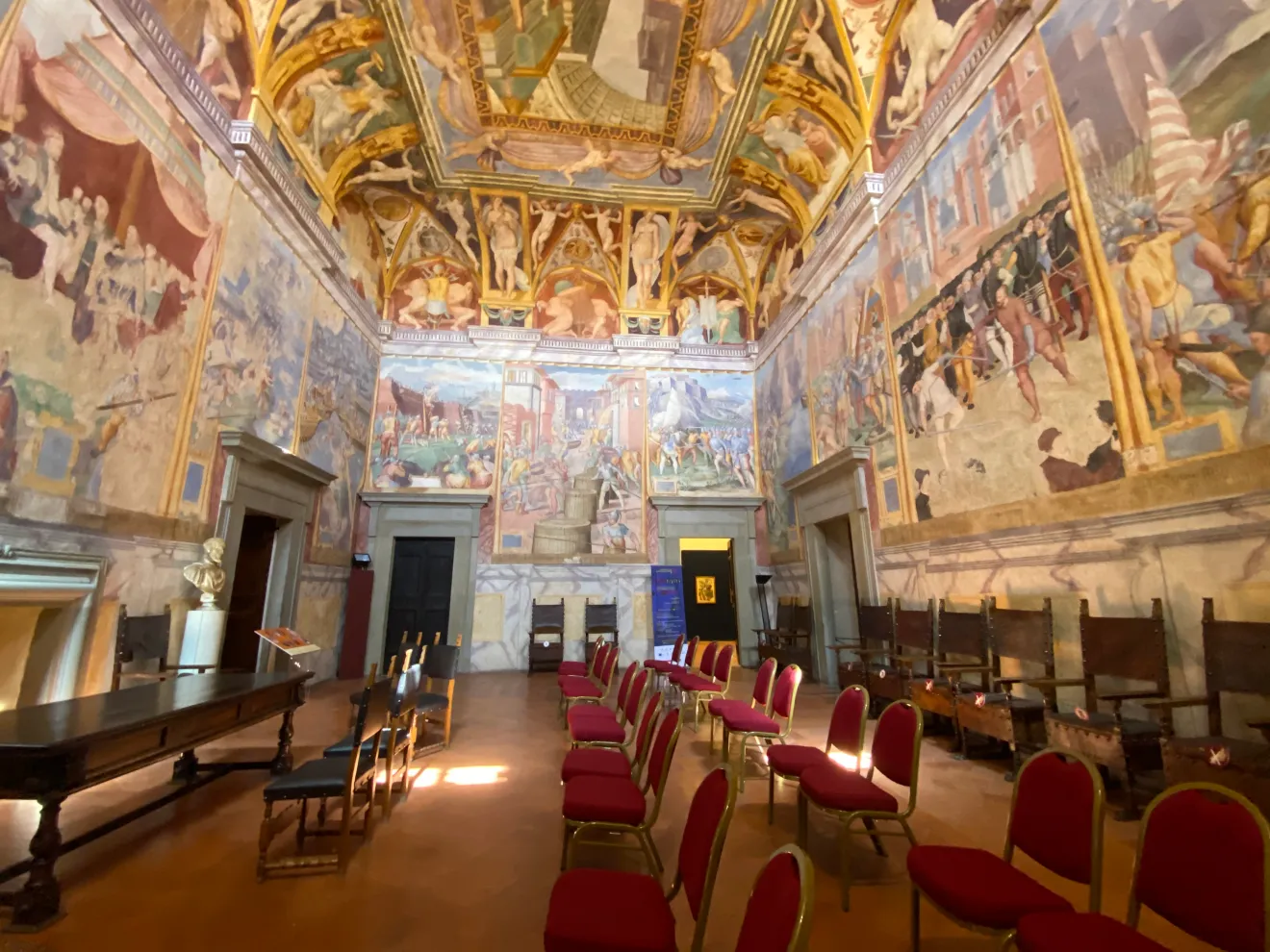
September 24, 2024
The Story of San Lorenzo: Patron Saint of Cooks, Librarians and the Poor
